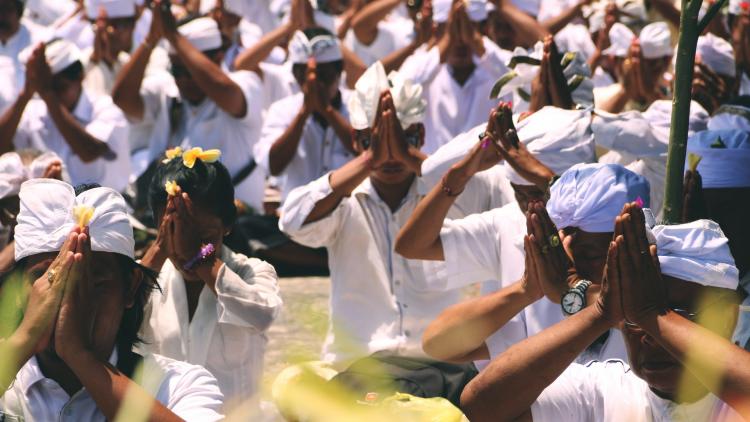H299 Islam in China

Key information
- Start date
- End date
- Year of study
- Year 2, Year 3 of 3 or Year 4
- Duration
- Term 2
- Module code
- 154800327
- FHEQ Level
- 6
- Credits
- 15
- Department
- School of History, Religions and Philosophies
Module overview
This module explores an ongoing cultural encounter, which has historically been only rarely marked by conflict. Muslims have been firmly embedded in China’s history since the very beginning of Islam and today they are counted as one of China’s five major ‘nationalities.’
Key themes to be covered include the origins and early development of Islam in China, from Tang China’s ‘Silk and Sea Routes’ to the Mongol empire; the cultural adaptation of Islam in late imperial China (Ming and Qing), within a Han majority society; the interaction with China’s Jewish, Buddhist, Christian communities; the perception of Islam by Western Christian missionaries in the nineteenth and twentieth centuries; the role of Muslim majority regions, esp. Southwest China and Xinjiang, in recent history; and finally Islam in the People’s Republic of China.
Objectives and learning outcomes of the module
On successful completion of this module a student will be able to:
- explore the role of religion in Chinese society, including in and beyond the frontiers of the Chinese states and empires, with particular emphasis on different cultural values, religious beliefs as well as inter-ethnic communication and tensions more generally
- identify the key social and political issues relating to the development of Islam in China until today
- evaluate the various factors that have shaped the relationship between Islam and China in the past and present, using different methodological approaches (such as social history and historical anthropology) and critical source analysis
- compose evidence based arguments about the place of Islam in Chinese societies.
Workload
- Seminars: 2hrs per week
- Independent Study: 80 hrs (over 10 weeks)
Method of assessment
- 800-word research outline, incl. discussion of the literature and general bibliography (worth 30% of marks)
- 2,500-word essay (worth 70%)
Suggested reading
- Zvi Ben-Dor Benite, The Dao of Muhammad: A cultural history of Muslims in late imperial China, Cambridge, Mass.: Harvard University Asia Center / Harvard University Press, 2005.
- Jean A. Berlie, Islam in China: Hui and Uyghurs between modernization and sinicization, Bangkok: White Lotus Press, 2004.
Marshall Broomhall, Islam in China: A neglected problem, London: Morgan & Scott (CIM), 1910. - CHEN Dasheng / Institute of Southeast Asian Studies, Cheng Ho and Islam in Southeast Asia, Singapore: Institute of Southeast Asian Studies, 2009.
- Michael Dillon (ed.), Key Papers on Islam in China, Folkestone: Global Oriental, 2007.
- Dru C. Gladney, Qingzhen: A study of ethnoreligious identity among Hui Muslim communities in China, Ann Arbor: UMI, 1987.
- Sheila Hollihan-Elliot, Muslims in China, Philadelphia: Mason Crest Publishers, 2005.
Toby Huff, The rise of early modern science: Islam, China and the West, Cambridge: CUP, 1993. - Raphael Israeli, Islam in China: Religion, ethnicity, culture, and politics, Lanham/NY: Lexington Books, 2007.
- Maria Jaschok & Shui Jingjun, The history of women's mosques in Chinese Islam: A mosque of their own, Richmond: Curzon, 2000.
Convenor
Disclaimer
Important notice regarding changes to programmes and modules


